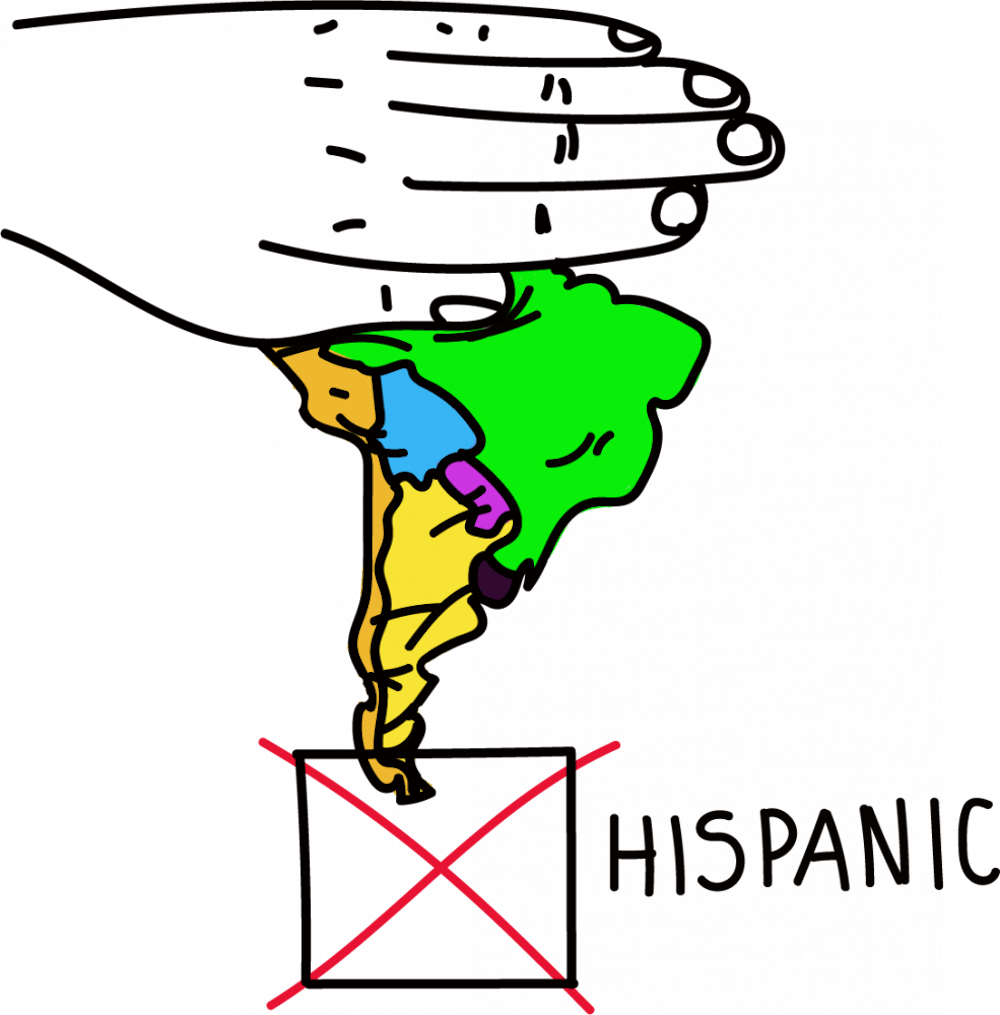Hispanics are currently the largest ethnic minority in the United States. According to the U.S. Census Bureau as of 2017, roughly 58 million people in the United States identify as Hispanic, about 18 percent of the total population. But racially, Hispanics almost don’t exist in the United States.
In the 2010 U.S. Census, 37 percent of Latinos checked off their race as “some other race” and wrote in responses such as “Hispanic” or “Latin American.” That’s because Hispanics more often than not don’t feel as if they fit into just one of the six categories of race broken down on the census. These categories are defined as “White,” “Black or African American,” “American Indian or Alaskan Native,” “Asian” and “Native Hawaiian or other Pacific Islander.” How Hispanics tend to define “race” is a little more ambiguous than these categories allow.
In a Pew Research study conducted in 2015, two-thirds of Hispanic adults attributed their racial background to their Hispanic background. Within that statistic, 56 percent of Hispanic adults considered their Hispanic background as part of both their racial and ethnic background.
Hispanic identity could not be more complicated if it tried. The term “Hispanic” is tied to language, and typically means a person can tie their heritage back to a Spanish-speaking country. Latino or Latina identity means someone has ties to one of the 33 countries that make up Latin America, including those in the Caribbean and Central, North and South America. Spain would be considered Hispanic, but not Latino. Brazil would fall into the Latino identity, but would not be considered Hispanic since its national language is Portuguese.
In other countries, when Hispanics are asked how they identify, they will most likely answer with their nationality. It isn’t until coming to the United States that the answer would change to Hispanic or Latino.
The U.S. has time and time again pushed a specific image of what a Hispanic- or Latino-identifying person is supposed to look like. If someone were asked to identify a Hispanic celebrity, they would probably name Modern Family’s Sofia Vergara before naming someone like Zoe Saldana, who identifies as afro-latina.
Hispanics are entirely too multifaceted to be pushed into one box, united by a multitude of ethnicities rather than race. Hispanic Heritage Month is a time for Hispanics and Latinos to not have to worry about the mold the rest of the United States is trying to fit them in. Rather, it’s a time for Hispanics to celebrate their ethnicities and national identities.


